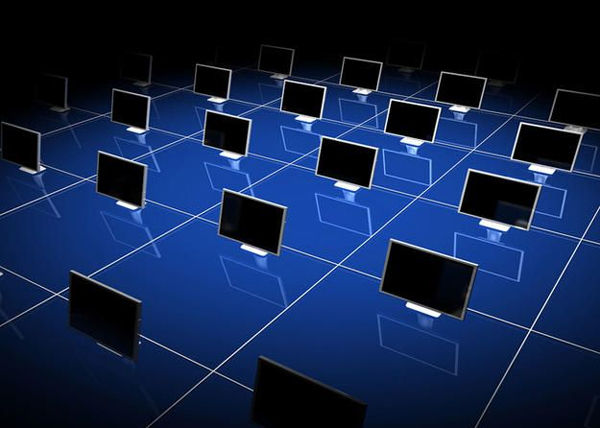Distributed control systems (DCSs), sometimes known as digital control systems, are now being applied extensively to nuclear power plant refurbishments and new plant builds. L3Harris has been engaged in numerous simulator projects – both modernizations and new full scope simulators – that require the implementation of DCSs from various vendors.
There are different techniques for adding DCSs to the process simulation and for ensuring that the process simulation and the DCS interact correctly. Through our meetings with people in the power generation industry, we have found that these techniques are not always that apparent.
What Is A DCS?
The following (adapted from Wikipedia) adequately describes a DCS:
A DCS typically uses custom-designed processors as controllers with vendor-specific control software and uses both proprietary interconnections and communications protocols for communication. Controllers have extensive computational capabilities and in addition to proportional, integral and derivative control, can perform logic and sequential control. Input and output (I/O) modules form component parts of the DCS.
The processor receives information from input modules and sends information to output modules. The input modules receive information from input instruments in the process (a.k.a. field sensors) and the output modules transmit control signals calculated by the controller to actuators in the field. Computer buses connect the processor and I/O modules. Buses also connect the distributed controllers to the human-machine interface (HMI) or control consoles.
For more information, please click here.


